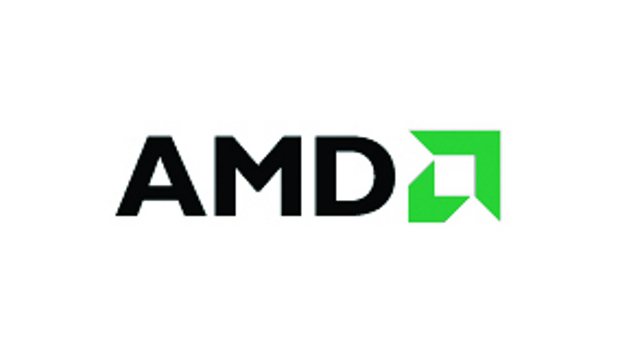At a recent investor meeting, AMD further delayed its ARM-based server chip code-named Seattle and cut a major project that could have bridged the gap between its x86 and ARM chips. AMD executives also took responsibility for misreading the fast-growing server market, which is dominated by Intel x86 chips.
It is another recalibration, AMD said last month that it was withdrawing from the high-density server business.
AMD is still developing ARM-based server chips, but instead of mainstream servers, those chips will now be aimed mainly at storage, networking and other infrastructure equipment. That is a downgrade from AMD’s focus over the last two years to make ARM servers the centrepiece of server rooms.
“A lot of people who are pro-ARM server misjudged just how much of an incumbent advantage x86 had,” said Dean McCarron, principal analyst at Mercury Research.
ARM is still relevant, but for now, not as a mainstream server chip, said Forrest Norrod, senior vice president and general manager of the Enterprise, Embedded and Semi-Custom (EESC) Business Group at AMD.
“ARM will be important over time. … But in the intermediate term, perhaps the more important and interesting opportunity is to capture that enterprise infrastructure that is moving to the server base,” Norrod said.
Servers based on x86 dominate data centres, though ARM servers are drawing interest from companies like Paypal for power efficiency. But ARM’s slow adoption in servers has been compounded by chip delays and programming challenges.
AMD delayed the ARM-based Seattle chip, also called Opteron A1100, to the second half of the year. The chip was due last year, and the significant delay points to engineering challenges AMD faced in making the chip, said Jim McGregor, principal analyst at Tirias Research.
In addition, AMD cut Project Skybridge, an ambitious AMD effort to develop a common slot so ARM and x86 chips could be interchangeable in servers. There was not enough interest in the capability, ARM CEO Lisa Su said.
While moving away from ARM, AMD re-committed to x86 by announcing new Opteron x86 server chips based on the faster and more power-efficient Zen architecture. The chips, which will ship in 2016 or 2017, are the first major x86 server chips announced by AMD in two years. AMD also announced a new high-speed chip that would combine many CPUs and GPUs.
AMD’s laser focus on ARM over the last two years left the x86 field wide open for Intel, which pounced. Intel held a 98.5% share of x86 server chip shipments in the first quarter of this year, compared with only 1.2% for AMD, according to Mercury Research. AMD peaked in 2006 when it held a market share of 26%.
AMD shot to relevance in the early 2000s with server chips beginning with an Opteron processor code-named Hammer, which was the first 64-bit x86 chip. Hammer was hailed as a major innovation, and AMD hopes to bring back some of those glory days with the new Zen-based server chips, which will have new memory and bandwidth technologies.
Despite a major x86 focus, AMD is not completely giving up on ARM. New processors based on its home-grown ARM core, code-named K12, will be released in 2016 or 2017.
The decision to reinvest in x86 was strategic for AMD’s new management team, which has limited resources to work with, McGregor said.
Su was appointed AMD’s CEO in October last year, and Norrod took over the server and custom chip team shortly thereafter.
The server business is a money spinner for Intel and can be for AMD, too. High-volume server chip shipments are in x86, not ARM, and refocusing there is a good decision by AMD, McGregor said.
“The ARM server market is still developing,” McGregor said.
Agam Shah, IDG News Service







Subscribers 0
Fans 0
Followers 0
Followers